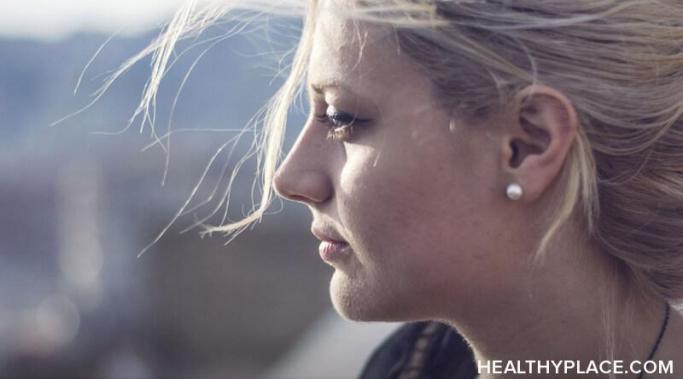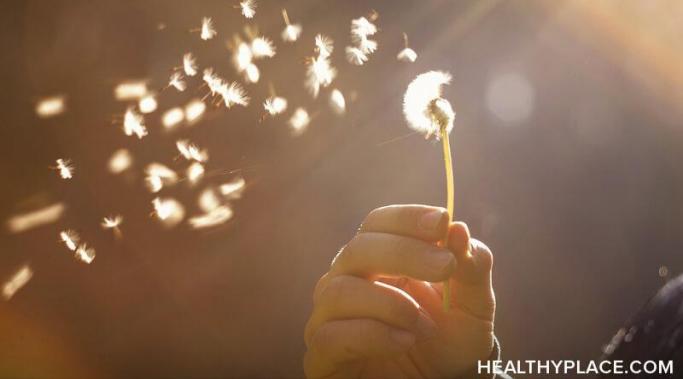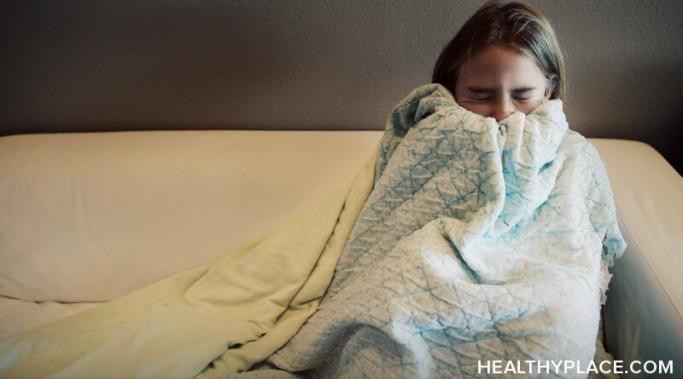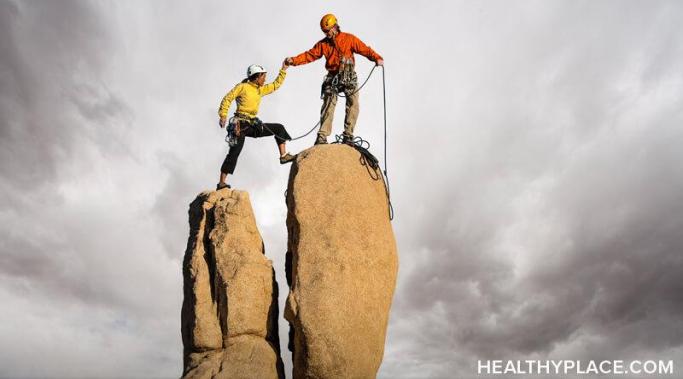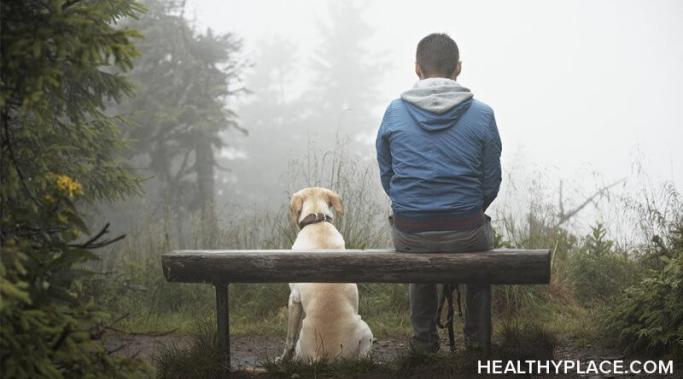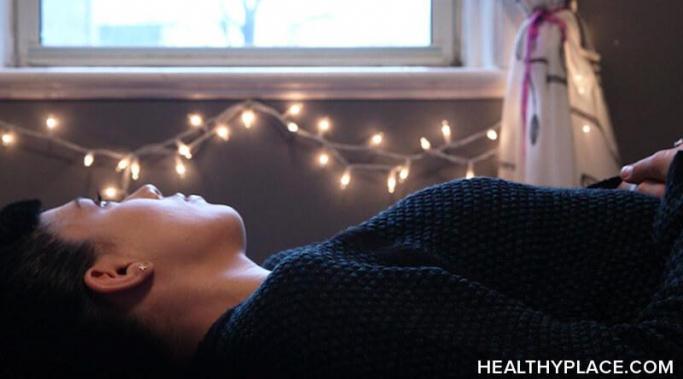Self-forgiveness in posttraumatic stress disorder (PTSD) recovery is a valuable, yet often ignored, aspect of trauma healing. While we hear a lot about the importance of forgiving people that have hurt us, learning how to forgive ourselves is something that is not regularly discussed. However, self-forgiveness is crucial to our wellbeing, especially for people with PTSD.
PTSD Recovery Tips
Grounding techniques are a valuable coping tool for people suffering from posttraumatic stress disorder (PTSD). At its core, PTSD is a disorder that keeps people stuck in the past. Grounding techniques, on the other hand, help people with PTSD connect with the present. Finding grounding techniques that work for my PTSD symptoms has been a journey. Grounding is a very personal experience, and what works for other people doesn't always work for me. Thankfully, there are plenty of techniques to choose from when it comes to grounding yourself.
Most people know that working out can benefit physical health, but did you know that regular exercise can improve mental health as well? Exercise has been shown to significantly reduce posttraumatic stress disorder (PTSD) symptoms, improve sleep quality, and improve depression in people with PTSD.
Life is tough at the moment. Every day that passes by seems to be filled with anxiety after anxiety, and there is no clear end in sight. COVID-19 has thrown all our lives into disarray, and coping with mental health issues is harder than ever. Being stuck at home is undoubtedly difficult for everyone. Human connection is an essential part of life, and being unable to connect with friends and family members because of the coronavirus is taking a toll on all of us. But for people with serious mental illnesses such as posttraumatic stress disorder (PTSD), social isolation can present unique challenges.
Nightmares are one of the most common symptoms of posttraumatic stress disorder (PTSD). While most people experience a nightmare or two in their lifetime, up to 72% of people suffering from PTSD develop recurring nightmares as a result of the disorder. I am one of those people. I started experiencing nightmares as a result of PTSD when I was sixteen. Almost eight years later, I still get them every time I close my eyes to sleep. Coping with daily nightmares (and the poor sleep quality that can result) has been difficult, but I have found ways to manage them over time.
Posttraumatic stress disorder (PTSD) can get worse before it gets better when you start therapy. Find out why that's normal and how to handle it.
Posttraumatic stress disorder (PTSD) and fear are the best of friends. Fear is the driving force behind our fight-or-flight instinct, the most primal emotion we experience. While fear can exist without PTSD, PTSD can't exist without fear. Because of this connection, overcoming trauma-related fears is an important part of PTSD recovery.
Today I want to talk about why it's so difficult to follow through on New Year's resolutions when you have posttraumatic stress disorder (PTSD).
Healing from posttraumatic stress disorder (PTSD) is rarely a linear process. Just like any journey in life, recovering from PTSD has ups and downs. There will be times when things are good and times when things are bad. When PTSD starts getting worse, it can feel frustrating and scary. We know how to handle the good times in PTSD recovery, but what do you do when PTSD symptoms start increasing?
When you're living with posttraumatic stress disorder (PTSD), the holiday season can feel like a nightmare. Holidays can be stressful for everyone, but trying to balance the activities of the season when you have PTSD can be very overwhelming.
